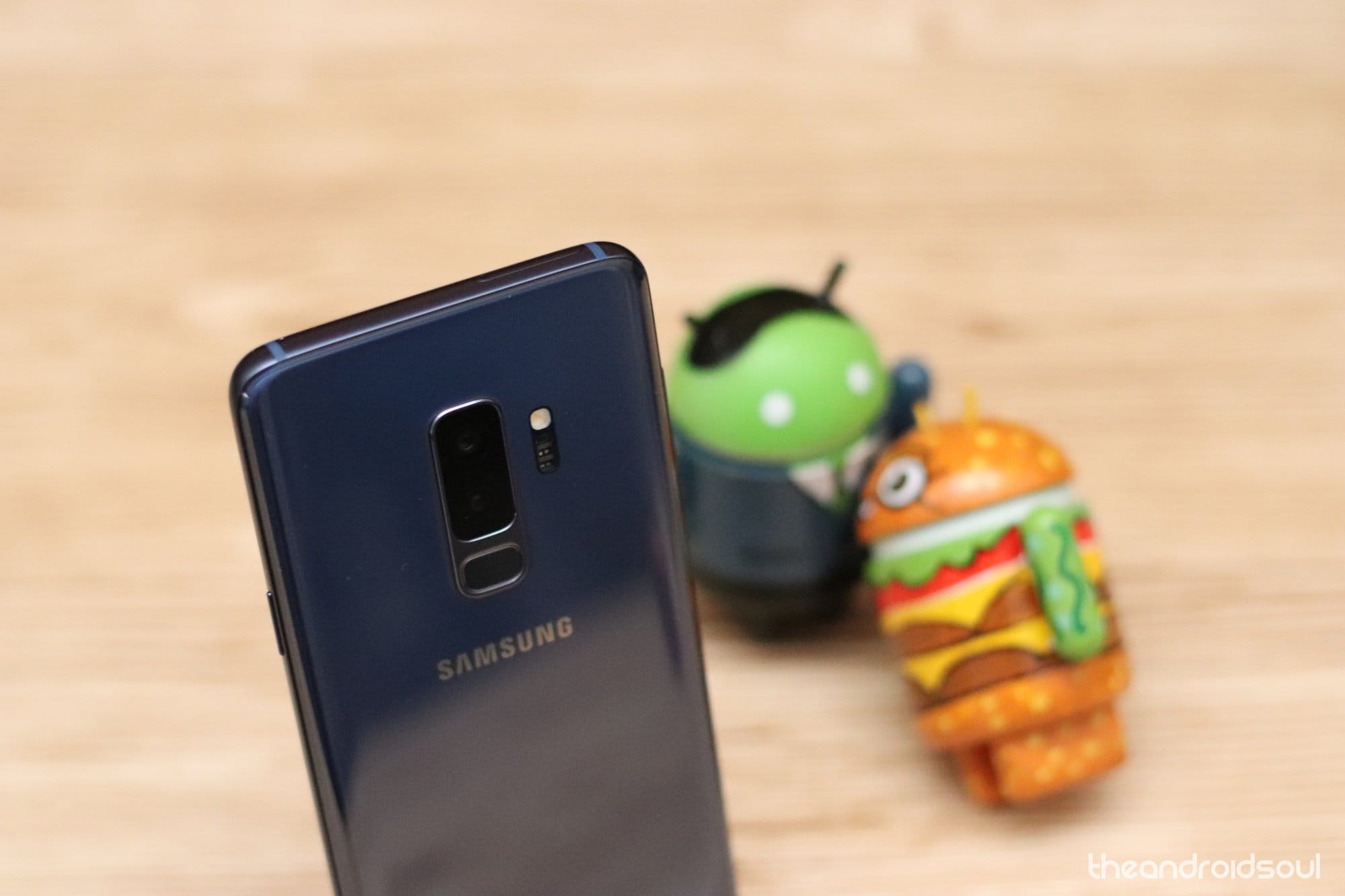Samsung has announced new image sensor technology dubbed ISOCELL Plus, an obvious upgrade to the current-gen ISOCELL technology used in the Galaxy S9 and S9+ cameras. With this, the company hopes to deliver smartphone cameras that exhibit more accurate colors when compared to the outgoing version, but there’s more.
According to Samsung, the physical metallic barrier that lives between pixels so as to reduce color cross-talk in the current ISOCELL sensors also absorbs or reflects incoming light, which eventually leads to poor photo quality. This is where the new ISOCELL Plus technology comes in to replace the metallic barrier and improve the quality of photos by reducing the amount of light reflection or absorption.
To quote the figure, the Korean tech giant says the ISOCELL Plus technology, which uses material made by Fujifilm, will up the camera’s light sensitivity by up to 15% as well as lead to higher color fidelity – upgrades that could make their debut on the Galaxy S10.

Samsung further notes that the new technology will allow image sensors to use 0.8-micrometer and smaller pixels while retaining the same image quality. This is something the company believes will be a welcome idea for devices with high camera resolutions of over 20MP. Given the talks about the Galaxy S10+ possibly coming with a tri-lens camera, there’s the likelihood that one of these three lenses may be a 20MP+ lens, hence the need for the new ISOCELL Plus technology.
“The ISOCELL Plus will not only enable the development of ultra-high-resolution sensors with incredibly small pixel dimensions but also bring performance advancements for sensors with larger pixel designs,” Samsung’s VP of System LSI marketing, Ben K. Hur, said.
The company is at the ongoing MWC Shanghai 2018 event, where the new ISOCELL Plus technology will be showcased to the public.













Discussion